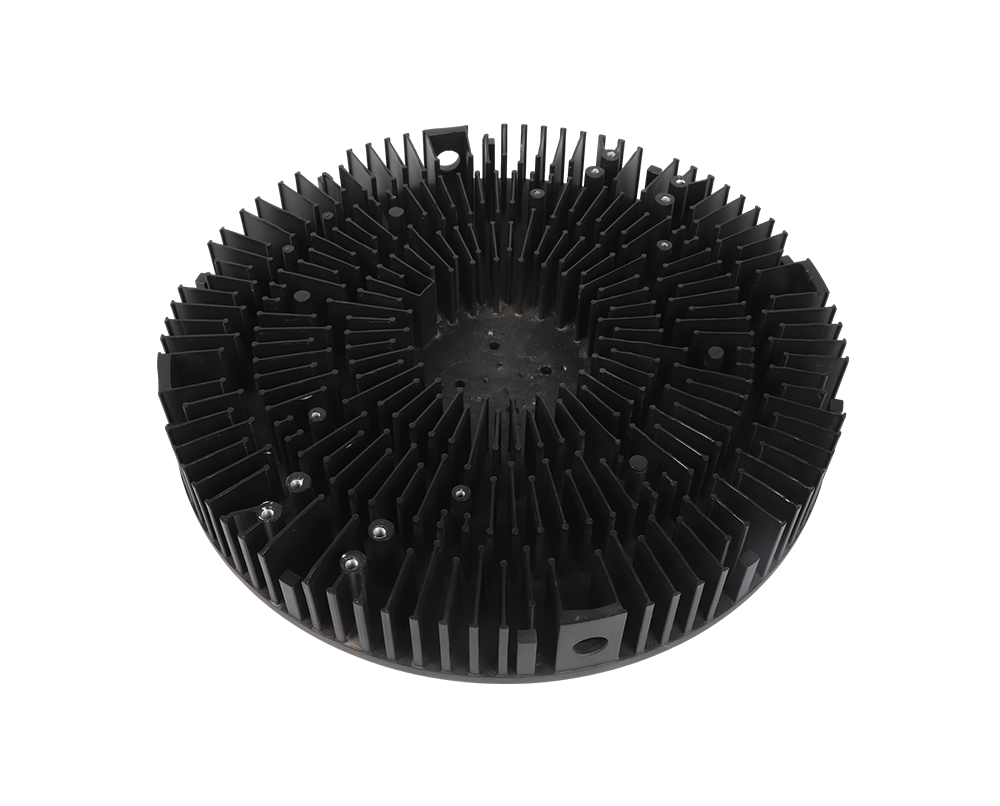2024-01-25 hits:0 source:News

Issues that need attention in the production of aluminum alloy die castings With the continuous expansion of the application range of aluminum alloy die casting products in the market, domestic aluminum alloy die casting has developed rapidly in recent years. In the current market situation, whether it will be restricted by some factors is also a question that many people in the industry are concerned about. Die-cast aluminum alloy is also a kind of die-casting. The knowledge introduced below is also about die-casting, so what is the specific introduction? 1. The control of alloy composition starts with the purchase of alloy ingots. The alloy ingot must be based on ultra-high-purity aluminum, plus alloy ingots made of ultra-high-purity aluminum, magnesium, and copper. The supplier has strict ingredient standards. High-quality aluminum alloy is the guarantee for the production of high-quality castings. 2. The purchased alloy ingots should have a clean and dry stacking area to avoid long-term damp and white rust, or pollution from factory dirt, increase slag output, and increase metal loss. A clean factory environment is very useful for effective control of alloy composition. 3. The ratio of new materials to water inlets and other recycled materials shall not exceed 50%. Usually, new material: old material = 70:30. The content of Al and Mg in the continuously remelted alloy gradually decreases. 4. When the nozzle material is remelted, the remelting temperature must be strictly controlled not to exceed 430℃ to avoid the loss of aluminum and magnesium. 5. When conditions permit, use a centralized smelting furnace to smelt aluminum alloys, so that the ratio of alloy ingots to recycled materials is uniform, the use of flux is more effective, and the alloy composition and temperature remain uniform and stable. Electroplating waste and fines should be smelted separately. In most cases, to manufacture high-quality aluminum alloy die castings, you do not need to pay attention to the above problems. If aluminum alloy die castings have the following defects, some treatment methods are provided below. Since each defect is caused by many different factors, this problem must be solved in actual production. Faced with many reasons, should we adjust the machine first, change the material first, or modify the mold first? It is recommended to deal with it according to the degree of difficulty. 1) Clean the parting surface, cavity and ejector rod; improve the coating and spraying process; increase the clamping force and the amount of pouring metal. These measures can be achieved through simple operations. 2) Adjust process parameters, injection force, injection speed, filling time, mold opening time, pouring temperature, mold temperature, etc. 3) In order to change the raw materials, select high-quality aluminum alloy ingots, change the ratio of new materials to recycled materials, and improve the smelting process. 4) Modify the mold, modify the gating system, add internal gates, increase overflow grooves, exhaust grooves, etc. For example, the reasons for flashing of die-casting parts are as follows: 1) Die-casting machine problem: the locking force is adjusted incorrectly. 2) Process problem: the injection speed is too high, and the pressure shock peak is too high. 3) Mold problems: deformation, debris on the parting surface, uneven wear of inserts and sliders, and insufficient template strength.
Read recommendations:
Industrial Aluminum Extrusion Distributor
aluminium extrusion suppliers near me
aluminium amplifier enclosure.The Engine of CNC Die Casting Intelligent Manufacturing
lf you have any questions or comments, you can leave us a message and we will reply to you as soon as possible
